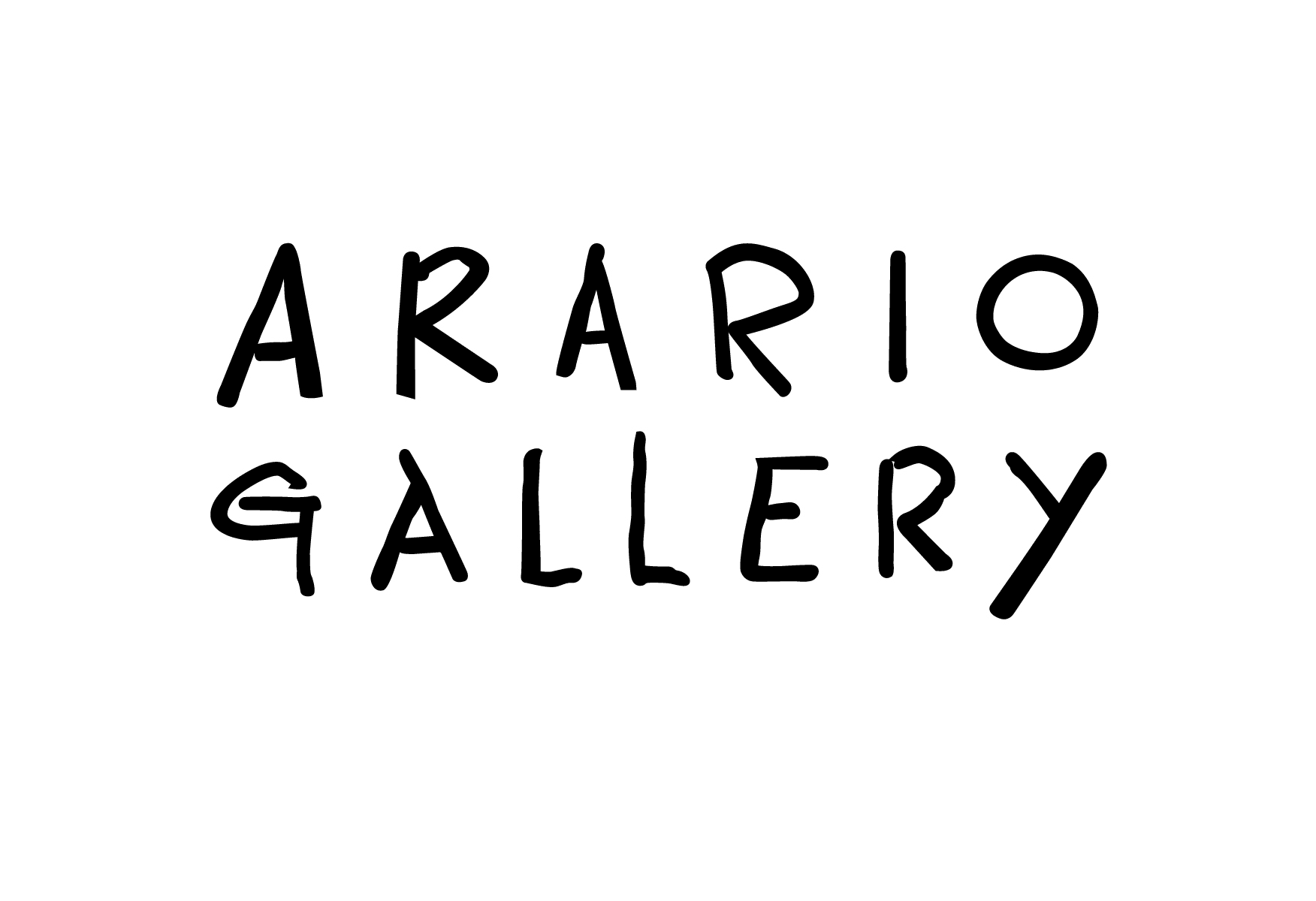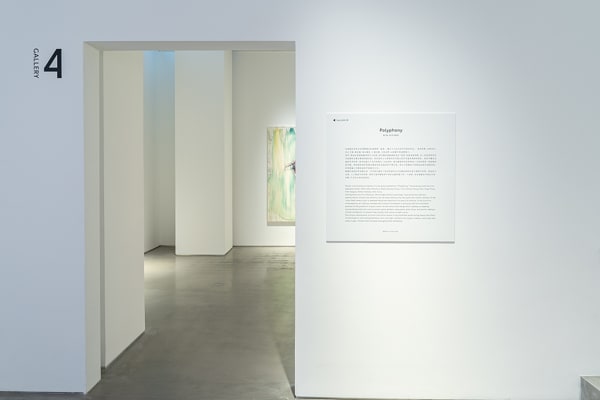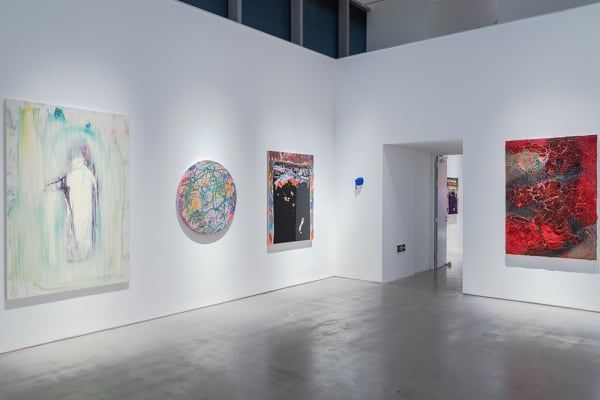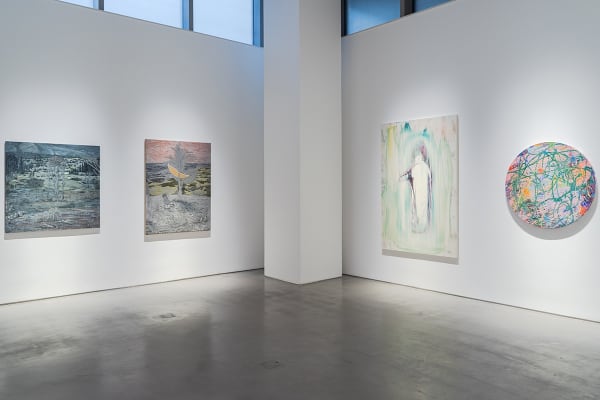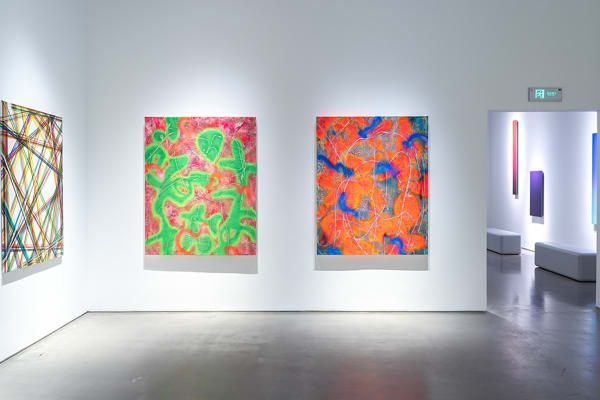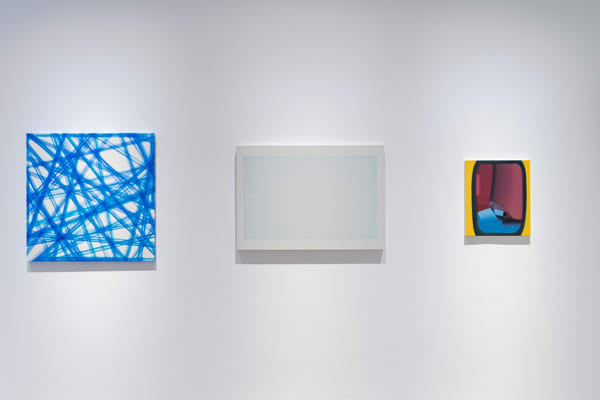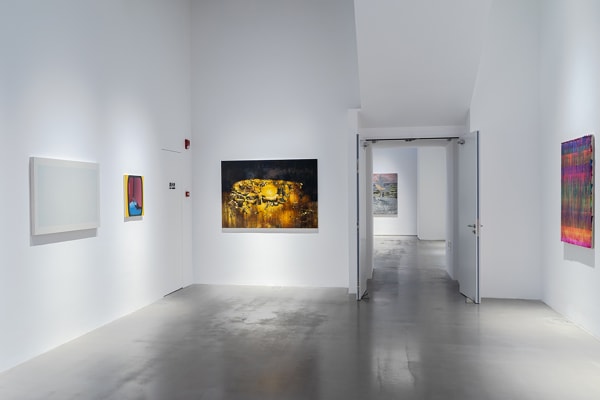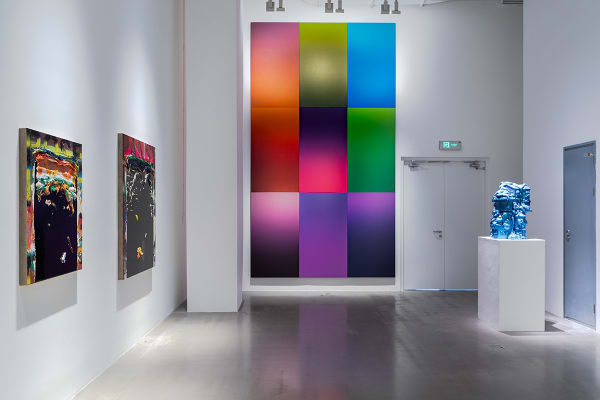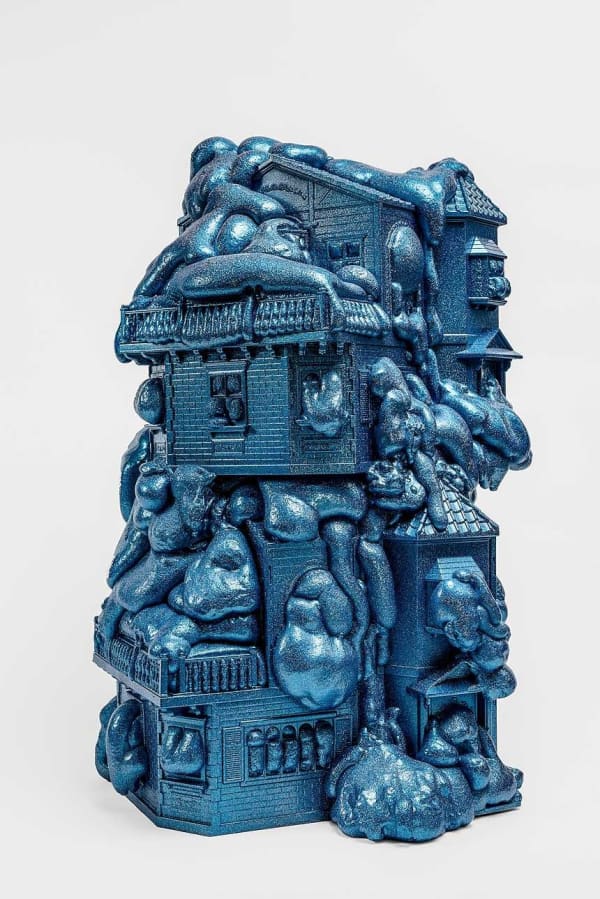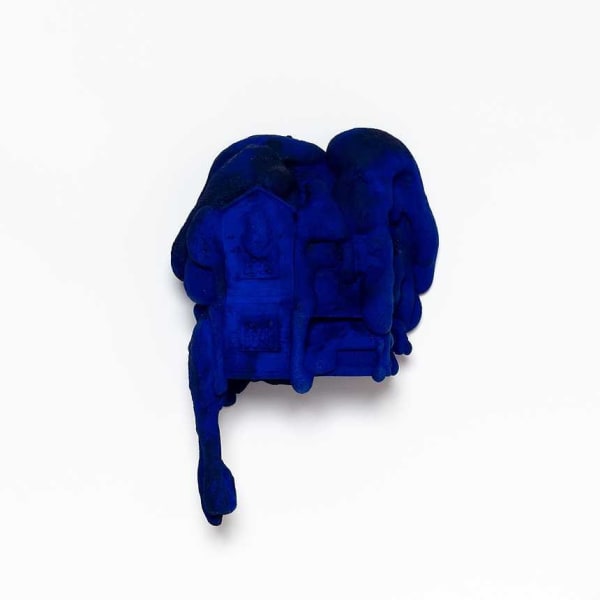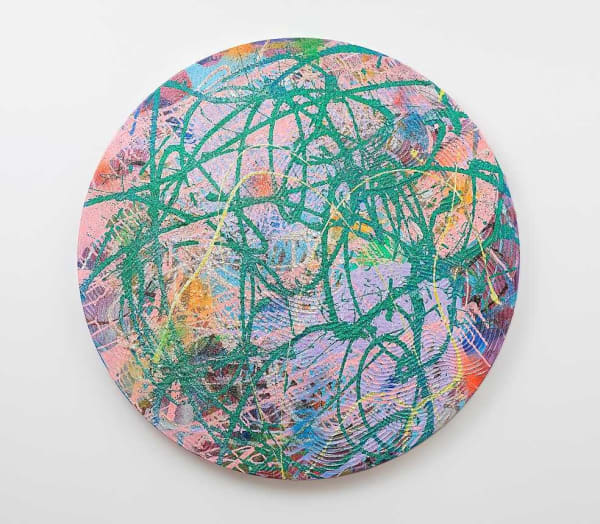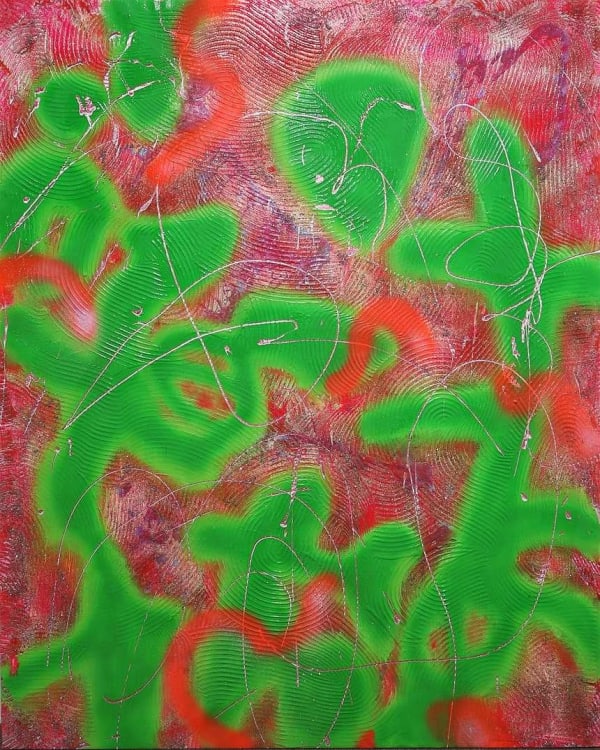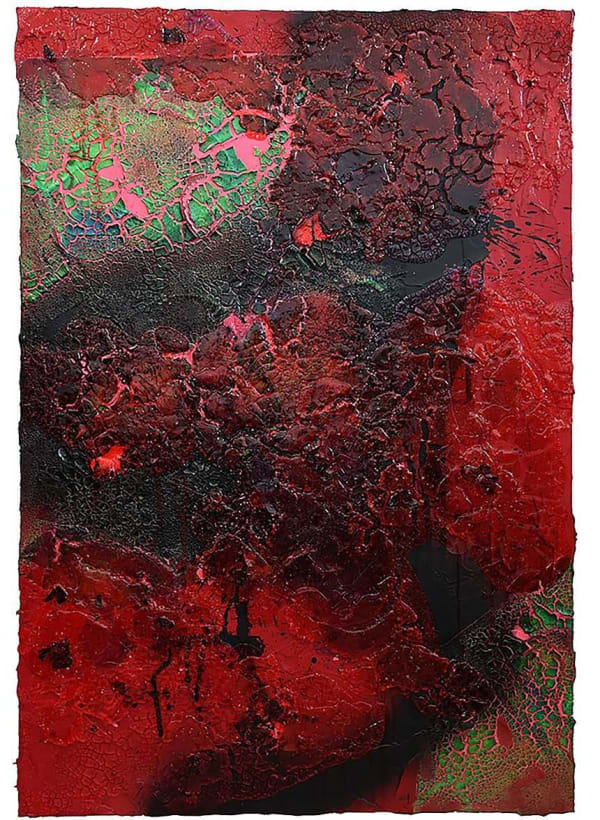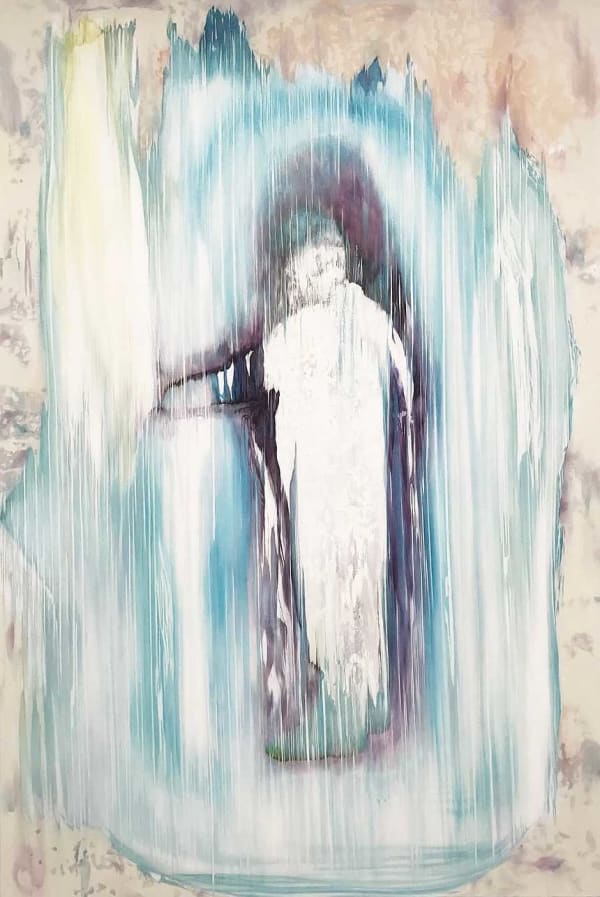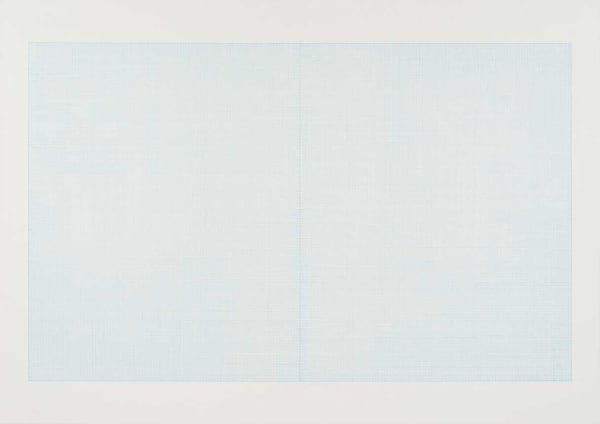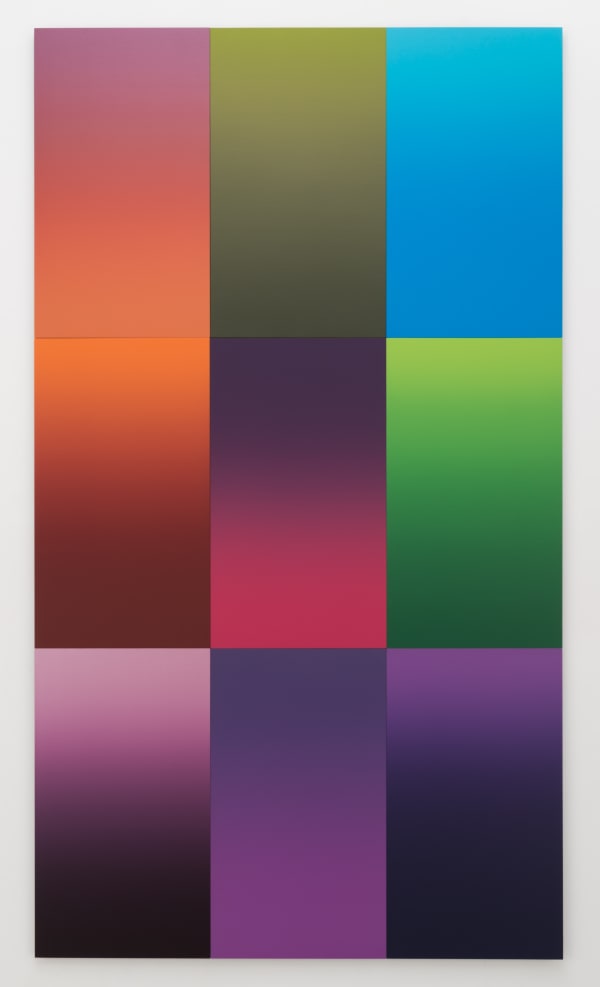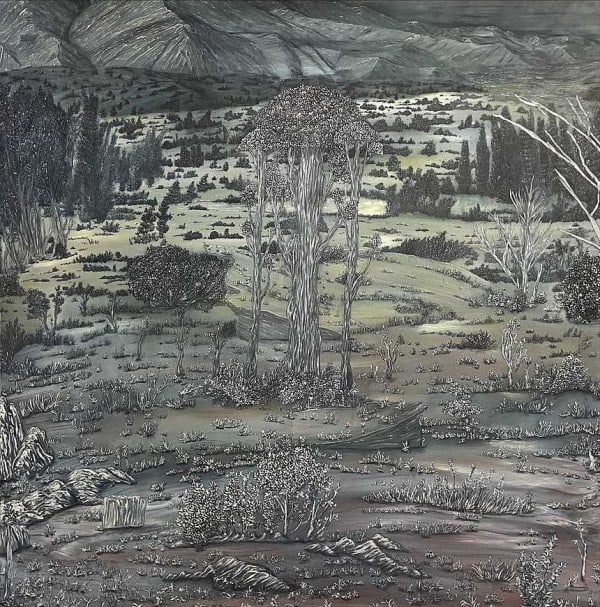POLYPHONY
ARARIO GALLERY Shanghai is pleased to present Polyphony, a group exhibition featuring the works of nine Japanese artists, Aiko YUNO, Kengo KITO, Koga MIURA, Kohei YAMADA, Mika IEDA, Mitsuhiro IKEDA, Nanami INOUE, Toru KAMIYA, and Yuki SAEGUSA. Curated by Kohei NAWA and Kengo KITO from the curatorial unit ONIDAIMYO, the exhibition will take place at the brand-new space of Arario Gallery in Shanghai from October 26th to December 31st. Meanwhile, it is worth mentioning that the new space is also designed by SANDWICH and Kohei Nawa, and his solo show will be on view during the same period.
Polyphony, deriving from the Greek word for “many sounds,” refers to a musical texture typically comprised of related but independent tones or melodic lines simultaneously. With the title Polyphony, the group show involves paintings and sculptures from established and emerging Japanese artists of different artistic disciplines and practices. Kohei NAWA and Kengo KITO, just like the conductor of an orchestra, the duo present all kinds of voices from each artist and form a coherent perceptual grouping with a decentered stance, allowing the audience to glimpse the broad and diverse spectrum of Japanese contemporary art.
Some of the artists in this exhibition are well established in their careers both domestically and internationally. Toru Kamiya’s works are inspired by the abstract expressionism of post-war America, and he has been delving into the particular artistic domain of the ‘color field’ where color is deemed the prime objective of a piece of artwork. In the quest for contemporary art, Kamiya corresponds to early movements in painting with his consistent practice of the gradation of pure colors. Kengo Kito is taking a critical standpoint on present-day society with various bright colors, whose tableau is made through the accumulations of mundane materials such as acrylic paint, glitters, spray paint, glass chips, and paints. Mitsuhiro Ikeda depicts his memories with meticulous planning and numerous layers on canvases. The landscapes under his brushes are not merely facsimiles of particular scenes but the impression of that exact moment intricately intertwined with his sentiments and recollections. Ikeda believes the meaning of his paintings floats between material and image.
This exhibition also features a group of emerging artists whose series reflects their reality from different perspectives. Yuki Saegusa delineates wilderness, forests, and swamps based on various stories but also merged with her personal experiences, memories, and imagination, which have transformed from general narratives to imaginative landscapes with eerie atmospheres under her delicate brushstrokes. While Mika Ieda lets the paints roam all over the canvas, merging and changing freely beyond her expectation. They tend to obey the law of nature — gravity and time, in the manifestation of an uneven but natural texture on the surface, reminiscent of the nature around us with cracking earth and ever-changing natural phenomena. In the works of Aiko Yuno, the disparity of reality is perceived at different phases of life, together with interweaved sentiments towards growing into an adult from a child. Yuno attempts to capture fleeting emotions such as sorrow, joy, or even anger, conveying and visualizing them in various mediums.
Along with them, there is a force of young artists who begin to hit the road of their artistic adventure. Nanami Inoue tries to liberate paintings by repetitively drawing lines across canvas based on the contemplation of whether the objective of drawings should be taken as the necessity in the creation of images. Her machine-like drawings counteract the use of deliberate preprogrammed techniques, indicating that she is not just a machine. In comparison to Inoue‘s works, Koga Miura intentionally uses lines to express the theme of randomness and the distinction between manual and mechanical works. On the contrary, Miura pre-programs random instructions into the computer, and then the computer will automatically create images without any hesitation or interruption. Kohei Yamada focuses on abstract paintings by juxtaposing colors and shapes to create sharply contrasting yet harmonious landscapes on canvas.
